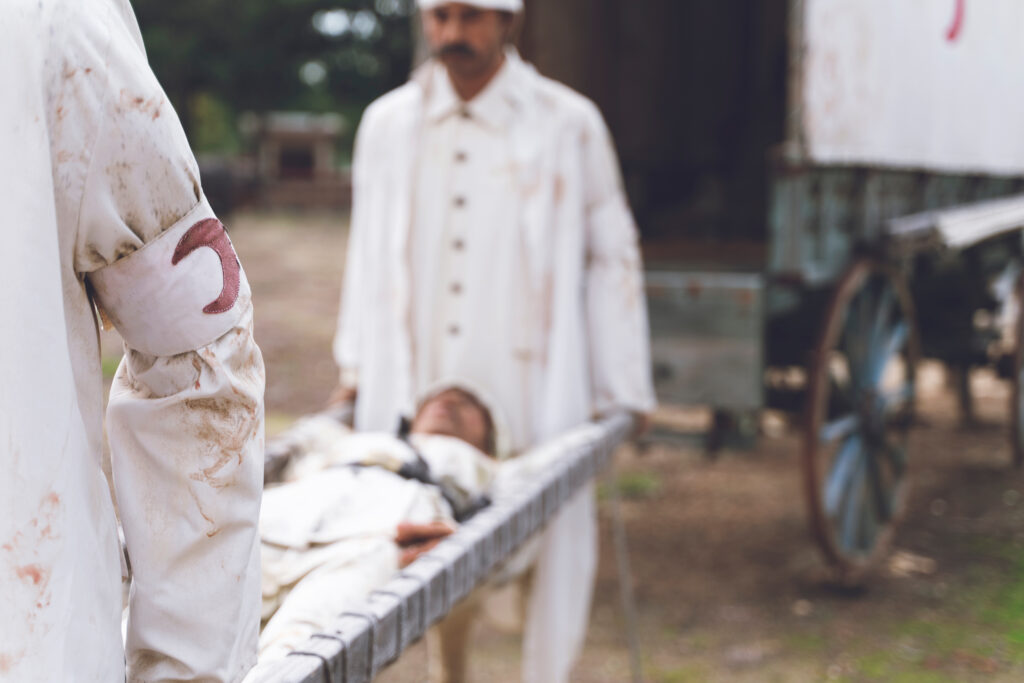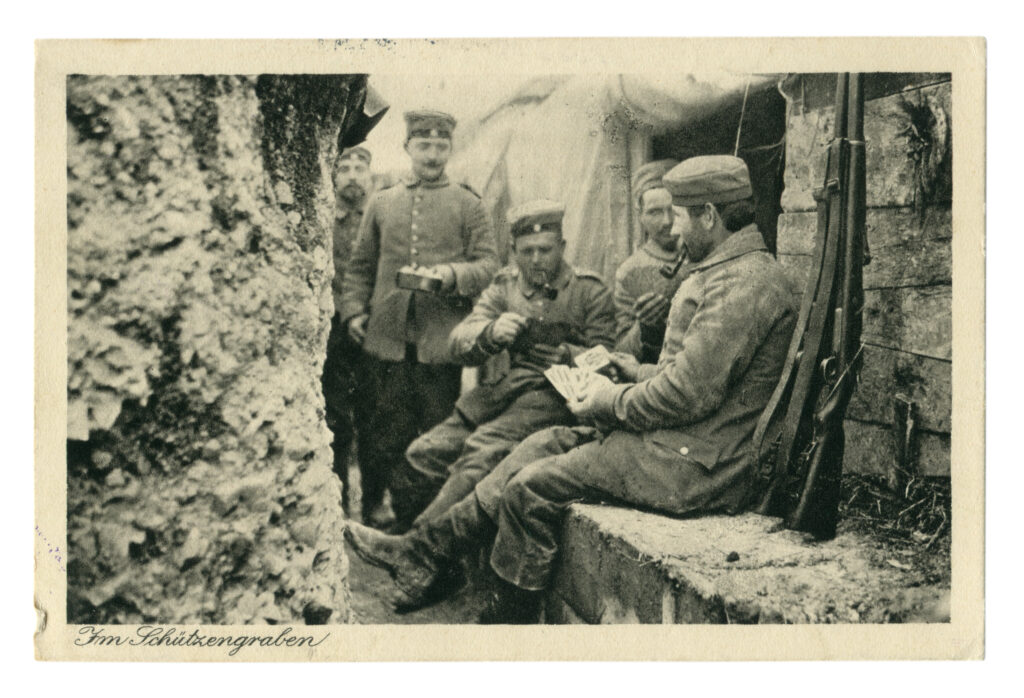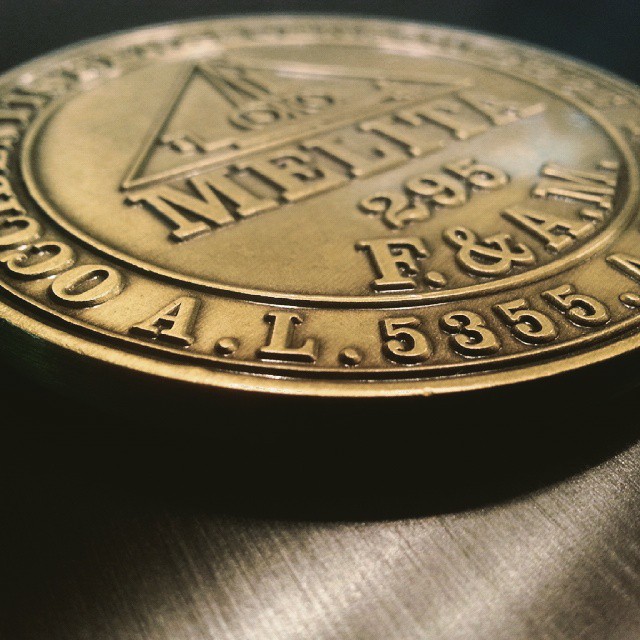Imagine you’re a woman walking to the grocery store, simply minding your own business, when two uniformed men approach you. They identify themselves as the “moral hygiene squad” and say, “You look suspicious. You need to come with us.” The men take you to a facility where you’re imprisoned and subjected to degrading “inspections” alongside other women.
No thanks to the Chamberlain-Kahn Act, stories like this were all too common during World War I. If you’ve never heard of the Chamberlain-Kahn Act or the resulting American Plan, you’re far from alone. Even history fans are largely unaware of the impact it had and the humiliation it caused for tens of thousands of women nationwide.
Explore this dark time in American history with our guide to the Chamberlain-Kahn Act.
The Sexual Health Crisis During World War I

World War I was a period of terrible conflict and bloodshed for America. It was one of the deadliest conflicts in history, resulting in nine million military deaths and eight million civilian casualties.
Naturally, soldiers grew tired of all the fighting. They needed a reprieve, and they found it in the arms of prostitutes, who flocked around military cantonments, eager to earn the day’s pay.
Prostitution was rampant, and so were venereal diseases such as syphilis and gonorrhea. During the war, hundreds of thousands of soldiers contracted venereal diseases, rendering them unfit to fight.
Government officials were less than pleased with this uptick in VD. In an effort to implement venereal disease control, the Chamberlain-Kahn Act was passed into federal law on July 9, 1918. This public health law led to the creation of the American Plan, a patriotic-sounding program with good intentions but horrific execution.
The American Plan: An Affront Against Women Under the Guise of Public Health

Because prostitutes often lingered around military camps, the American Plan gave the military authorization to arrest any woman within 5 miles of cantonments. The military was allowed to arrest any woman they deemed “suspicious” and thus, might have a sexually transmitted disease.
Soon after implementing the program, officials discovered that most soldiers were actually infected with venereal disease while on leave in their hometowns, not at camp. They also found that the majority of women who infected men weren’t prostitutes as originally thought. In turn, they expanded the American Plan to cover the entire nation.
Under the expanded American Plan, officials were allowed to hold women in camps without due process for “treatment.” This treatment involved invasive genital examinations, and women were often forced to take arsenic-laden drugs and be injected with mercury — two of the most common treatments for venereal diseases at the time.
These treatment camps were more like prisons than anything resembling a medical facility. Women could be thrown into solitary confinement, beaten, or even sterilized for misbehaving or not acting like “proper ladies.” Many women were also punished for refusing to sleep with camp guards.
Women were to remain in these camps until doctors were satisfied that their treatment had been successful and they were “socially reformed.” Even after leaving the camps, women were often required to regularly check in for screenings. They sometimes needed permission to get married, move, or get a job.
Prosecuted Simply for Being Female
Although the Chamberlain-Kahn Act was not written to specifically target women, they were by large the group most affected by it and the American Plan. Perhaps it’s because they were deemed vulnerable, and the men who detained them enjoyed some sense of power from doing so. Detaining officers also abused their power to punish women for being sexually promiscuous (whether or not they truly were).
These men used any possible excuse to detain women, including teens and pre-teens. Women could be detained for any reason, including wearing suggestive clothing, sitting with a man in a diner, or even just walking down the street alone.
Women’s imprisonment conditions were so terrible that many women attempted to escape despite the risk of beatings (and worse). There are tales of women jumping out of windows in an effort to flee, as well as a story of at least one woman stabbing a guard.
The Forgotten Stories of Women Impacted by the Chamberlain-Kahn Act

Most of the records related to the Chamberlain-Kahn Act and the American Plan have (conveniently) disappeared, but there are several written accounts of women affected by military health regulations.
In 1918, a Michigan woman, Nina McCall, was arrested and forcibly examined by a doctor. She was injected with arsenic and locked in a dilapidated prison for three months. Furious at this treatment, she later took her captors to court in 1921.
In 1919, a Sacramento, CA, woman named Margaret Hennessey and her sister were detained by the city’s so-called “morals squad” while walking to the market. The women were subjected to painful genital examinations and later released after the inspector determined they did not have VD.
In 1942, Billie Smith, a Little Rock, AR, woman booked a hotel room to escape the rain. She was promptly arrested on grounds of immorality and prostitution. Even after paying the $10 fine for release, she was forced to undergo a degrading inspection that tested her for syphilis.
Are You a History Buff? Learn More About Our Challenge Coins

The Chamberlain-Kahn Act and the American Plan created a nightmare scenario for tens of thousands of American women. Although enforcement of the American Plan ended in the 1970s with the rise of the Civil Rights Movement, related laws are still on the books in every state to this day.
If you’re fascinated by the Chamberlain-Kahn Act and other forgotten historical events, why not order challenge coins from Embleholics? Our custom-designed coins are the perfect way to show your pride as a military member, police officer, or firefighter.
To order custom challenge coins, submit a form on our website!
FAQs About Challenge Coins
Our challenge coins are handcrafted for members of the military, law enforcement, and firefighters. Here, we’ve answered some of the most commonly asked questions about challenge coins.
What Are Challenge Coins?
Challenge coins are carried by members of an organization. Individuals can use challenge coins to prove their membership in the organization. They can also use the coins to play a game. The game requires participants to show their challenge coin when prompted by a member of the organization. If they’re not able to do so, they must buy the challenger a drink.
What Does It Mean if Someone Gives You a Challenge Coin?
Receiving a challenge coin is a real honor! If someone gives you a challenge coin, it means they view you as part of their organization. In the military, challenge coins are a symbol of appreciation for those who have gone above and beyond in the line of duty.
What Is the Etiquette of Challenge Coins?
Challenge coin etiquette requires the giver to silently pass the coin to the recipient while shaking hands. Handing off a challenge coin is a private act, and no one in the organization should know about it except for the giver and the recipient.
Can You Get a Challenge Coin Commemorating the Chamberlain-Kahn Act?
Because our coins are custom-designed, you can order a coin depicting the Chamberlain-Kahn Act or any other important moment in American history. Contact us to start the design process for your coin today.

